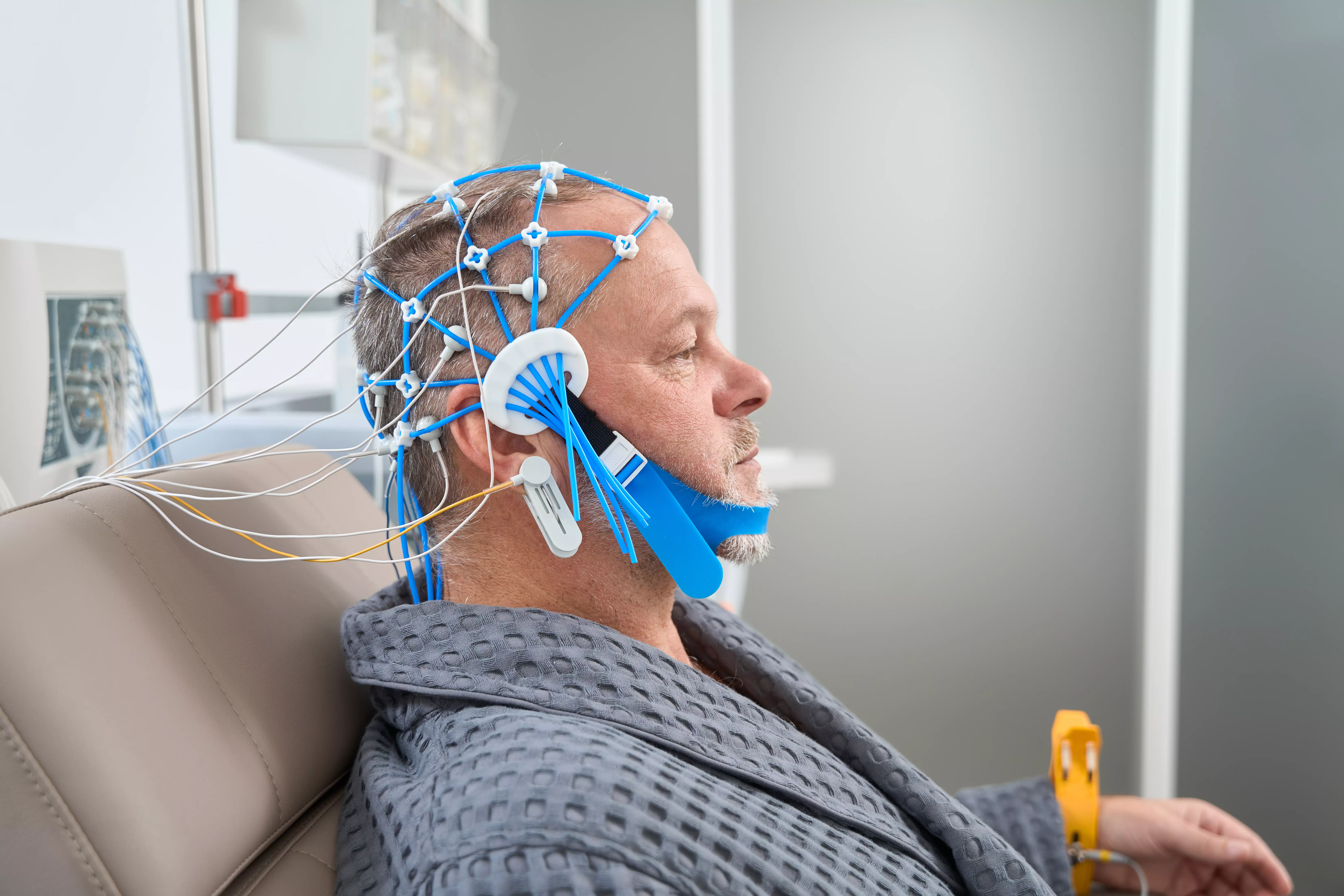The importance of neurological testing in the diagnosis of epilepsy
Epilepsy is a chronic neurological disease characterized by recurrent epileptic seizures. It is a condition that can affect anyone, regardless of age or gender. However, the diagnosis of epilepsy can be difficult, due to the variety of symptoms and the possibility of their similarity to other conditions. This is why neurological testing plays a key role in the process of diagnosing and monitoring epilepsy.
Electroencephalography (EEG)
One of the most important neurological tests that helps diagnose epilepsy is electroencephalography, known as EEG for short. It is a painless test that involves recording and analyzing the electrical activity of the brain. With the EEG, it is possible to detect the presence of abnormal electrical impulses, which are characteristic of epilepsy.
During the test, the patient has electrodes attached to his head, which record brain activity. These signals are then analyzed by specialists, who assess whether there are features typical of epilepsy, such as deviations in brain rhythm or epileptic waves. The EEG also identifies the area of the brain where abnormal electrical impulses are generated, which is crucial for further treatment.
Magnetic resonance imaging (MRI)
Another important neurological test that aids in the diagnosis of epilepsy is the magnetic resonance imaging technique, known as MRI for short. This is a non-invasive test that provides accurate images of brain structures. With MRI, it is possible to detect possible damage, acquired pathology or various structural abnormalities that may be the cause of epileptic seizures.
During the examination, the patient is placed in a special chamber that generates a magnetic field. Then, using antennas, electromagnetic waves are taken from the patient's brain. This data is then processed by a computer, which generates images that show the structure of the brain. MRI also makes it possible to analyze the brain in different layers, which is important for precisely locating potential brain lesions associated with epilepsy.
Video-EEG monitoring
Video-EEG monitoring is an advanced test that combines electroencephalography (EEG) with simultaneous video recording of the patient. It is one of the most precise neurological tests for diagnosing epilepsy. By combining EEG and video, it is possible to record both the brain's electrical signals and images of the patient's behavior during seizures.
During video-EEG monitoring, the patient is hospitalized in a neurology ward. Electrodes are placed on his head, and the entire monitoring process is recorded by video cameras. When an epileptic seizure occurs, the doctor is able to analyze both the brain activity and the image, which allows a more accurate determination of the type of epilepsy and the area of the brain where the discharges occur.
Summary
Neurological tests, such as electroencephalography (EEG), magnetic resonance imaging (MRI) and video-EEG monitoring, are crucial in diagnosing and monitoring epilepsy. Through these tests, it is possible to detect abnormalities in brain activity, determine the area of the brain where abnormal impulses are generated, and identify possible causes of epileptic seizures. Multifaceted analysis of the results of neurological examinations allows more effective therapeutic management and adjustment of appropriate treatment for patients with epilepsy.
